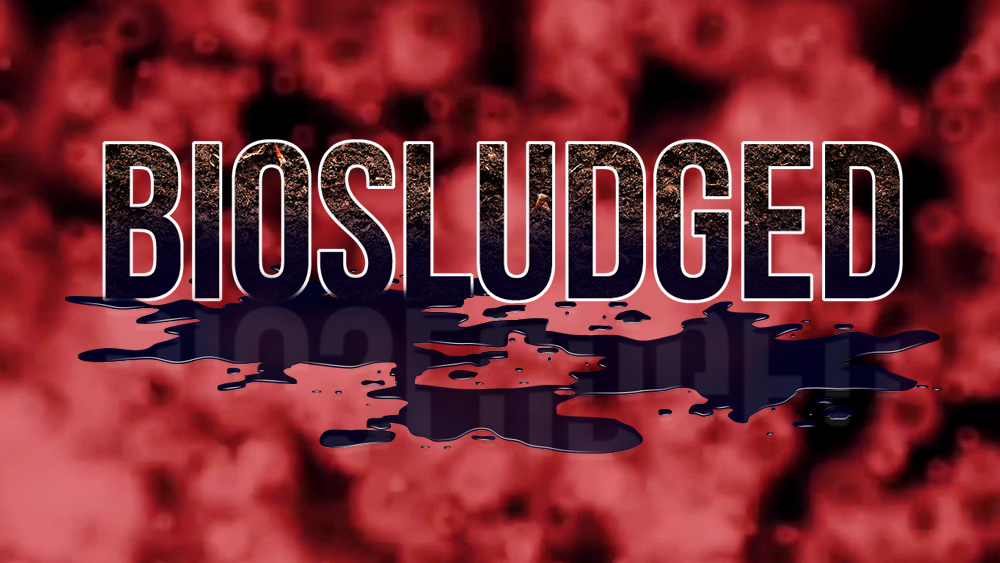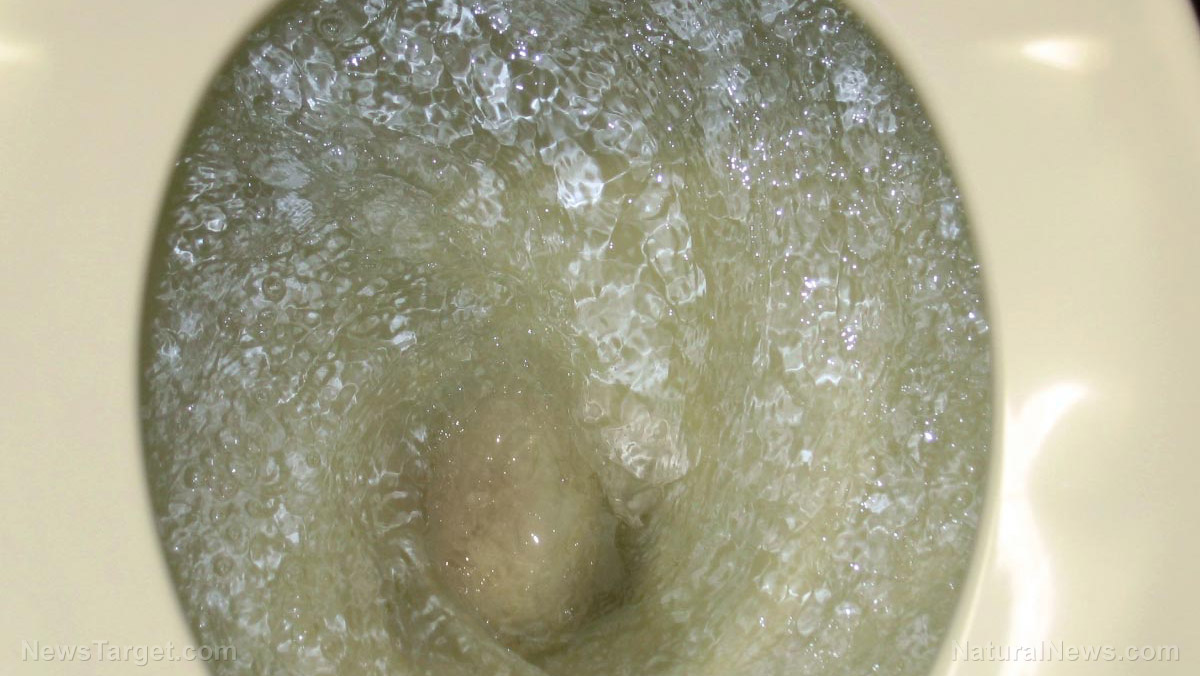The fertilizer in question is formally known as "biosolids." It starts out as sewage sludge, the semi-solid mix of animal fat and human feces that settles to the bottom at wastewater treatment plants. When this sludge has been chemically or biologically treated to reduce its levels of odor and indicator pathogens (that is, not all pathogens), it becomes known as biosolids.
Biosolids contain more than just human fecal bacteria. They also contain 27 separate heavy metals, and a slew of toxic organic chemicals at concentrations as much as 1,000 times higher than those at which they have been shown to cause health effects including birth defects, cancer, immune dysfunction and neurological disorders including autism, ALS, Alzheimer's disease and Parkinson's disease. Many of the chemicals found in biosolids are persistent organic pollutants, meaning that they resist decomposition and concentrate in human and animal tissue. These chemicals include endocrine disruptors, pesticides, pharmaceutical drugs, and plastics.
EPA's endorsement of biosolids has produced manifest absurdities, such as the city of San Francisco offering "organic biosolids compost" that independent tests later revealed to be filled with endocrine disruptors including flame retardants and triclosan.
How does the EPA get away with pushing an environmental calamity of this scale on the US public? The answer is the EPA's 503 rule, which "regulates" biosolids.
This rule is a giveaway to industry, regulating only nine heavy metals and not a single toxic organic chemical.
The agency justifies this by claiming that there are no studies showing illness or death caused by biosolids or the biosolid dust that drifts from treated fields -- even though endless studies have demonstrated serious harm from the very same metals and chemicals from other sources.
Don't worry, says Dr. Alan Rubin of the EPA's Office of Water, the man primarily responsible for drafting the 503 rule. Biosolids may contain a slew of dangerous components at high concentrations, but "unique properties in the biosolids matrix … sequester metals [and] organics [and] significantly reduce, if not eliminate, movement of pollutants from the biosolids out to the environment." Yet after 30 years or working on the biosolids program, Rubin admits that he does not know how this supposed effect works and cannot cite a single study backing it up. He simply calls it "sludge magic."
To recap: head of an EPA office says that barely treated fecal sludge dense with toxins won't hurt you … because "magic."
David Lewis is a former EPA scientist who was fired from the agency after publishing two articles in the journal Nature highlighting the risks of biosolids, and actually testifying against his employer in lawsuits related to the fatal poisoning of people and animals by biosolids.
In interviews, and in his book Science for Sale, Lewis has chronicled the way the EPA fabricated science to support the biosolids program. He notes that the EPA created a cooperative agreement with a wastewater industry trade association to fund USDA-supported agricultural colleges to produce research giving biosolids a clean bill of health. At the same time, scientists critiquing biosolids were blacklisted, intimidated and even threatened.
In one such study, designed to show that biosolids played no role in poisoning cows in the city of Augusta, Georgia, the data was later shown to have been completely invented by the city. Rufus Chaney, the USDA scientist managing the biosolids program, later testified under oath that he supported such tactics.
Of course, suppression of science that threatens industrial interests is not limited to the EPA. In Science for Sale, Lewis attributes this chronic problem to the revolving door between industry, government and academia.
"Government hires scientists to support its policies, industry hires them to support its business, and universities hire them to bring in grants that are handed out to support government policies and industry practices," he writes.
Sources:
Please contact us for more information.























